




Did you find this useful? Give us your feedback




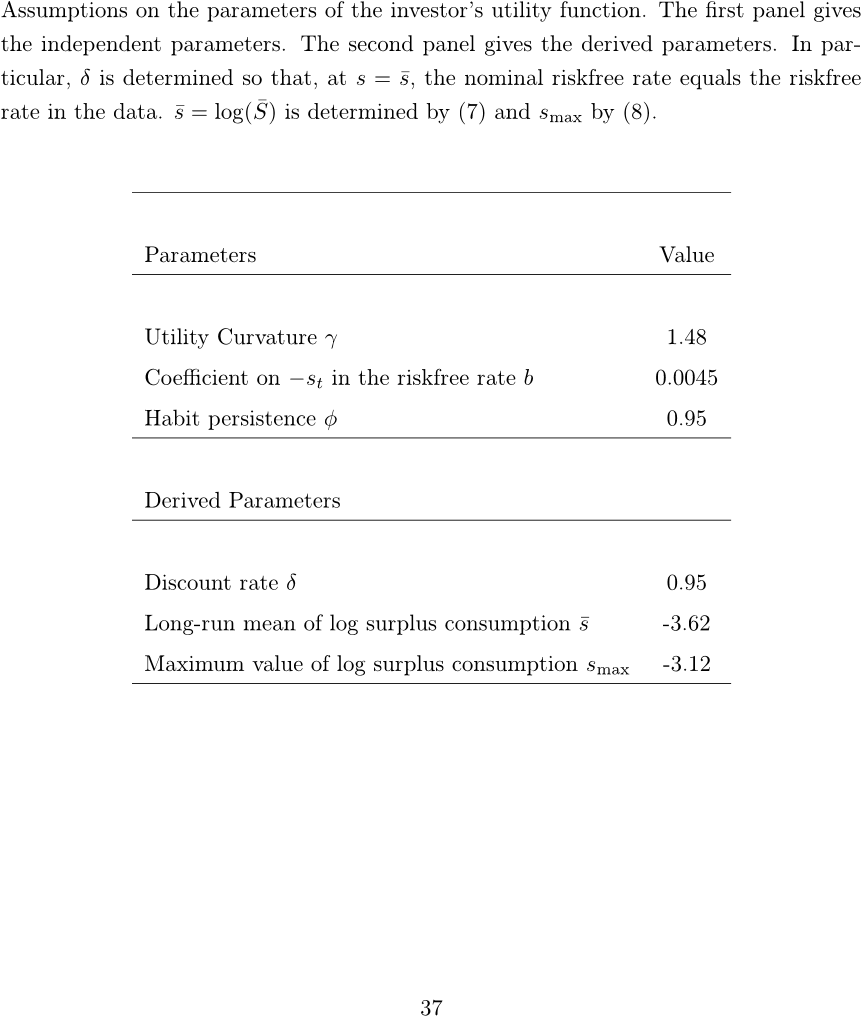
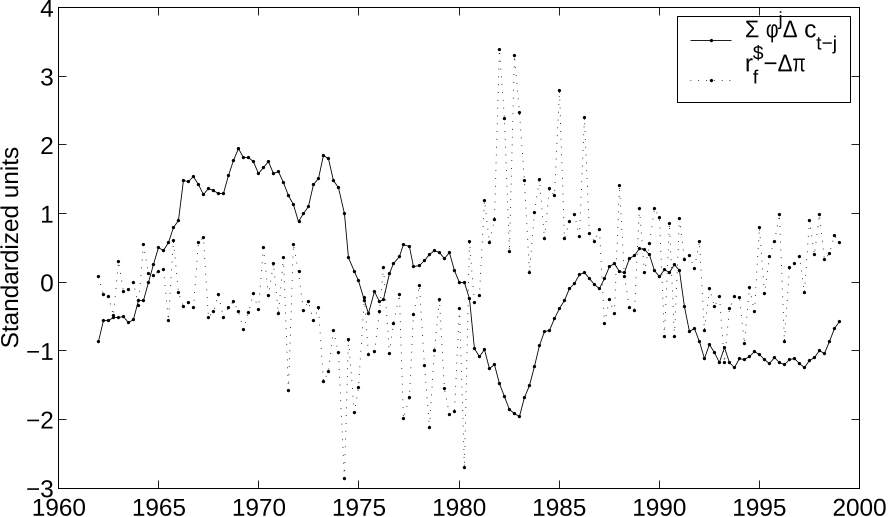

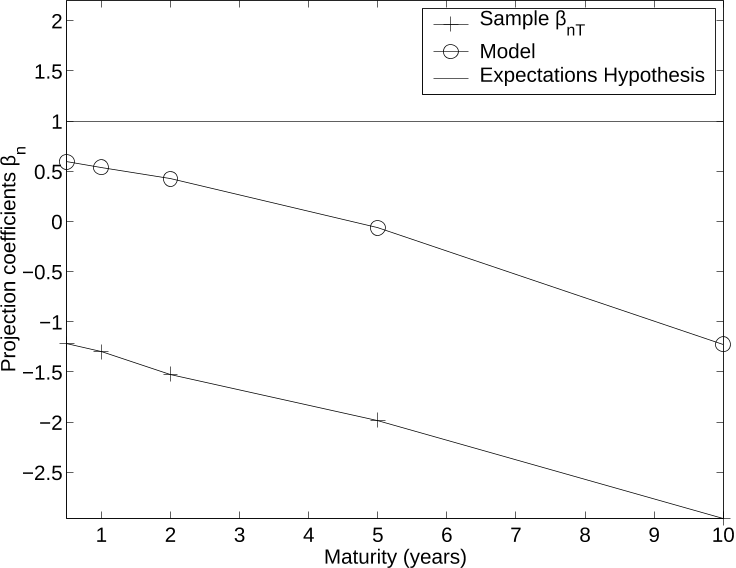
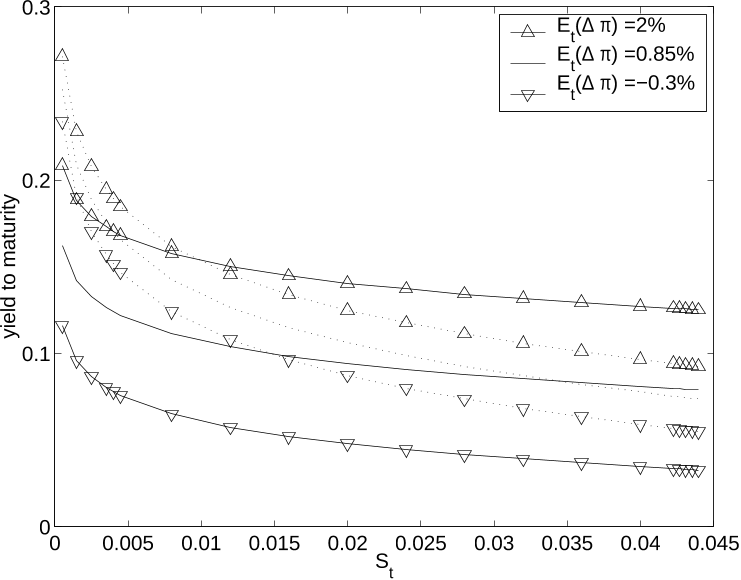

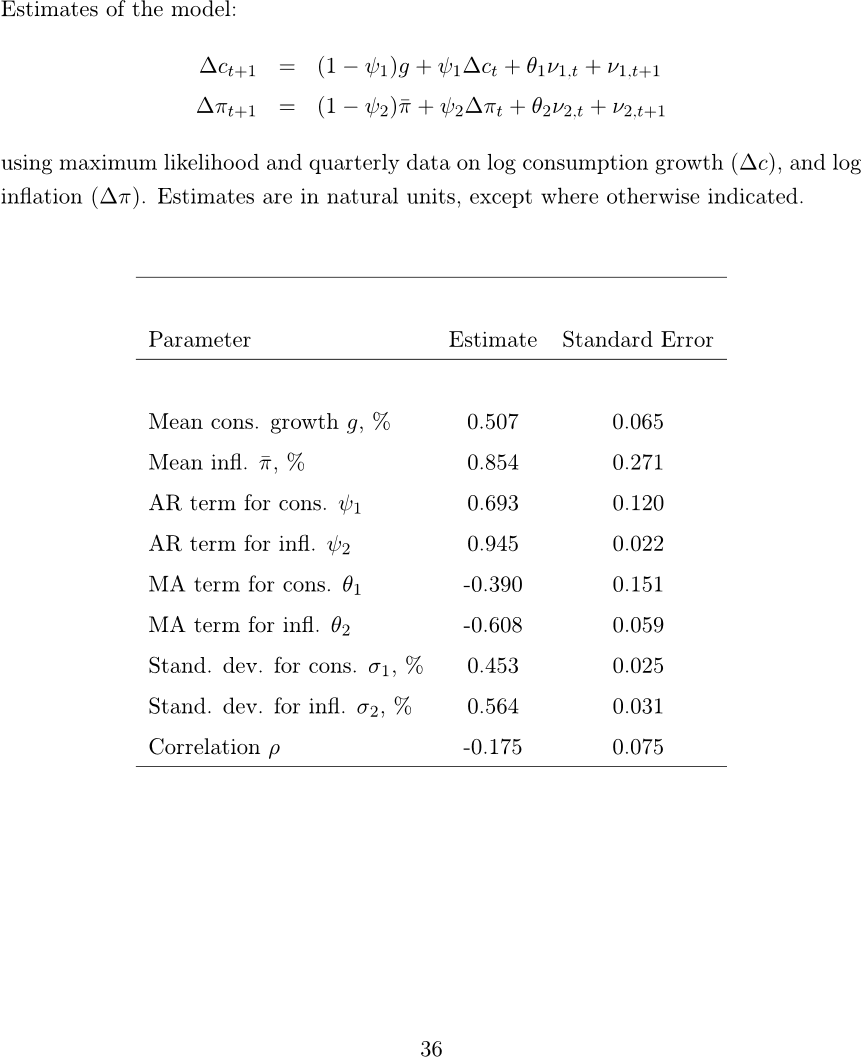
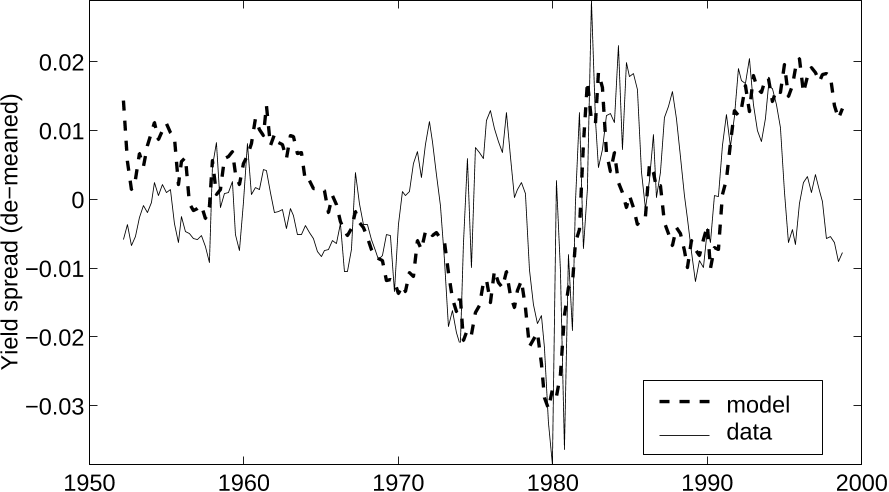
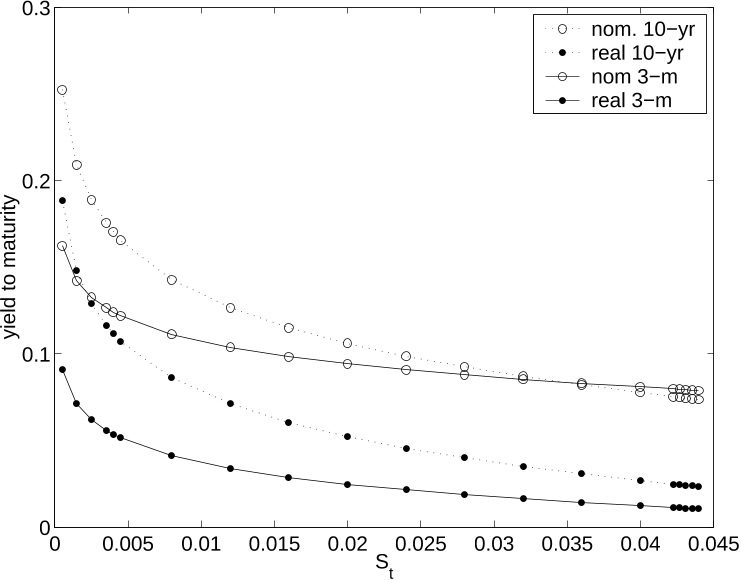





1 citations
1 citations
...Wachter (2006) adopts the external habit model by Campbell and Cochrane (1999) to term structure of interest rates and accounts for the expectations puzzle....
[...]
1 citations
1 citations
...See, for instance, Seppala (2004), Ravenna and Seppala (2005), Seppala and Xie (2005) or Watcher (2006)....
[...]
1 citations
...Hence, we investigate whether two asset pricing models with rational expectations (RE) the external habit model (Wachter 2006) and the long-run risk model (Bansal, Kiku, and Yaron 2012), which can explain these long-standing puzzles are consistent with the weak co-movement....
[...]
...Here, the risk aversion coe¢ cient is xed at 2 following Wachter (2006)....
[...]
...Hence, the model of Wachter (2006) outperforms our learning model along this dimension....
[...]
...4.3 Evaluating the Models 4.3.1 Calibrated Parameters To evaluate the quantitative performance of the two RE models, we rst use the cali- brated parameters in Wachter (2006) and Bansal, Kiku, and Yaron (2012)....
[...]
...Second, the external habit model in Wachter (2006) can account for many features of the term structure of interest rates including the expectations puzzle and the upward yield curve.12 Our learning model only has the one-period bond without evolving bond term structure issues....
[...]
10,019 citations
...In addition, results available from the author show that price–dividend ratios have the ability to predict excess returns on equities, just as in the data (Campbell and Shiller, 1988; Fama and French, 1989), and that declines in the price–dividend ratio predict higher volatility (Black, 1976; Schwert, 1989; Nelson, 1991)....
[...]
...…from the author show that price–dividend ratios have the ability to predict excess returns on equities, just as in the data (Campbell and Shiller, 1988; Fama and French, 1989), and that declines in the price–dividend ratio predict higher volatility (Black, 1976; Schwert, 1989; Nelson, 1991)....
[...]
7,014 citations
6,141 citations
...Thus, the model can fit the equity premium puzzle of Mehra and Prescott (1985)....
[...]
4,110 citations
...In addition, results available from the author show that price–dividend ratios have the ability to predict excess returns on equities, just as in the data (Campbell and Shiller, 1988; Fama and French, 1989), and that declines in the price–dividend ratio predict higher volatility (Black, 1976; Schwert, 1989; Nelson, 1991)....
[...]
...…from the author show that price–dividend ratios have the ability to predict excess returns on equities, just as in the data (Campbell and Shiller, 1988; Fama and French, 1989), and that declines in the price–dividend ratio predict higher volatility (Black, 1976; Schwert, 1989; Nelson, 1991)....
[...]
3,886 citations